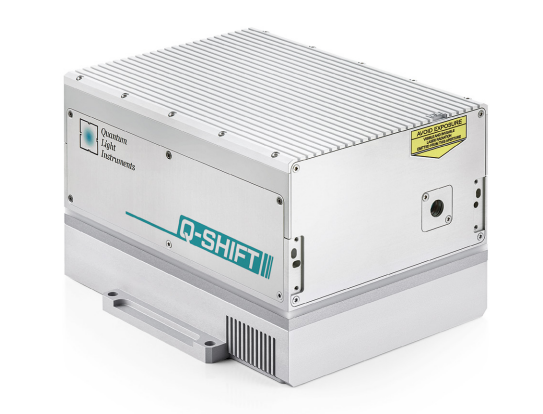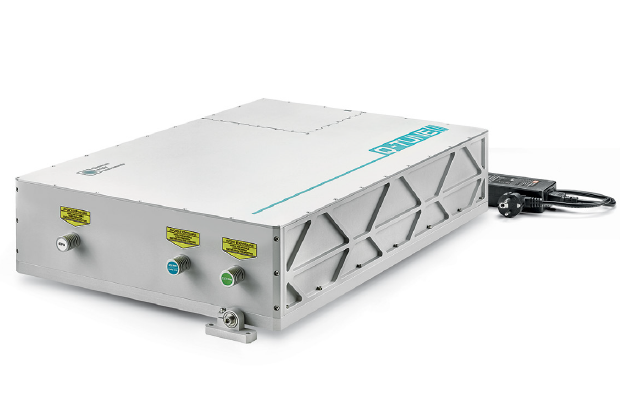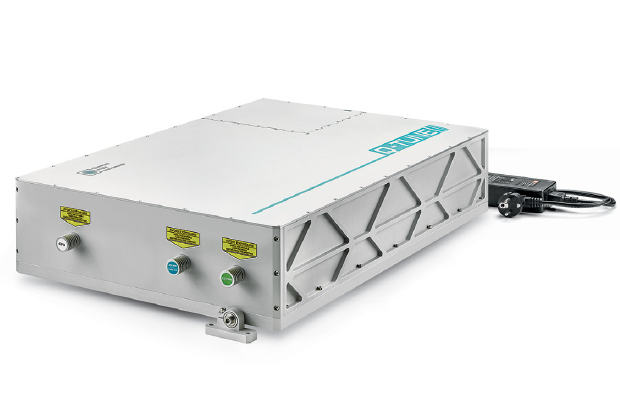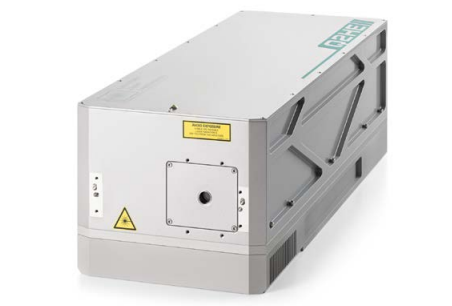Q-TUNE-IR
Tunable DPSS Laser, OPO, ns pulsed, 1380-4500nm, up to 17mJ, up to 100Hz
Key Features:
- Hands-free, automated tuning from 1380 to 4500 nm
- Microprocessor controlled – self-optimization/calibration
- Air-cooled (water-free)
- Little to no maintenance
- Remote monitoring, control & diagnostics
- Turnkey performance & User-friendly web interface
- >2 G shot pump diode lifetime
- Many options, configurable & customizable
Get help selecting the right configuration for you!
If you do not see exactly what you need, please contact us!
The Q-TUNE-IR series is the perfect high peak power, coherent DPSS light source for researchers with infrared spectroscopy applications. This series uses an Optical Parametric Oscillator (OPO) to produce a tunable wavelength of 1380–4500nm (<10 cm-1 linewidth), achieving > 17mJ of pulse energy at the peak of the tuning curve. The Q-TUNE-IR requires little maintenance, with all laser electronics integrated into the housing, including an air-cooling system, eliminating the need for chillers or large power supplies while providing a guaranteed > 2 G shot pump diode lifetime.
We’re experts in selecting the right laser for your application!
Benefits:
- Wide tunable wavelength range of 1380-4500 nm with a linewidth narrower than 10 cm-1
- Hands-free, automated tuning & remote control and support: user-friendly web interface simplifies laser operation and allows remote control from any computer or smart phone browser.
- Microprocessor controlled – self-optimization/self-calibration: Precise and stable control leads to reliable and accurate experimental results or industrial processes, with minimized maintenance needs.
- Water-free – Air-cooled pump laser design: Cost-effective solution with simplified setup and maintenance, eliminating the need for water cooling.
- <10 cm-¹ linewidth (≈200 cm-¹ available upon request): Narrow linewidth provides higher spectral resolution for scientific research, spectroscopy, and other applications.
- Seamless laser and OPO integration: Flexibility and versatility with easy integration to OPOs, providing access to a wide range of wavelengths.
- API for integration with user devices: Customize experimental setups and perform complex experiments or industrial processes with remote control integration.
- Internal/external triggering modes: Synchronize the laser with other devices or equipment for precise timing and control.
- Separate output ports for access to pump laser wavelengths, which makes it easier to integrate with other experimental setups.
- Low power consumption and optional air purging for long lifetime of optics, which reduces maintenance and operating costs.
- All laser electronics integrated into the housing, including an air-cooling system, eliminating the need for chillers or large power supplies, which saves space and simplifies installation.
- Guaranteed pump diode lifetime greater than 2 giga-shots, which provides long-term stability and reduces downtime.
- Optional extensions available: Customize the laser system with optional extensions for more specialized applications and experiments.
Don’t hesitate to ask us anything!
Overall, our laser system offers customers a highly versatile and reliable solution for a wide range of scientific and industrial applications. With features such as automated tuning, microprocessor control, and high-energy output, our laser system can provide customers with the flexibility and precision they need for their application. Additionally, the narrow linewidth, low power consumption, and optional extensions further enhance the capabilities and cost-effectiveness of our laser system, making it an ideal choice for customers who demand the best performance and value for their investment.
Q-TUNE-IR Configuration Table:

Don’t hesitate to ask us anything!
| Wavelength (nm) | |
|---|---|
| Description | Tunable DPSS Laser, OPO, ns pulsed, 1380-4500nm, up to 17mJ, up to 100Hz |
| Type | Pulsed DPSS Lasers, Tunable Lasers, Multi Wavelength, High Pulse Energy, High Peak Power, Turn-Key System, Customizable |

 SHIPS TODAY
SHIPS TODAY 





